There are many Aboriginal and Torres Strait Islander cultures and they are among the oldest continuous cultures in the world, with deep-rooted traditions, complex societal systems, and a profound connection to Country. Central to these cultures are kinship systems and totems, which govern social structure, responsibilities, relationships, and identity. These systems are extremely sophisticated and some uniquely diverse across the many First Nations across Australia, yet they share a common foundation in respecting and sustaining life, community, and Country.
What is Kinship?
Kinship is a comprehensive system that determines how people relate to each other, their roles, obligations, and behaviour. It is not only about family but also about how individuals are connected to the land, animals, spiritual beings, and each other.
Unlike Western nuclear family models, Aboriginal and Torres Strait Islander kinship systems are extended and multilayered, often including classificatory relationships. For instance, a person’s "mother" might include their biological mother and her sisters, and all their children are considered "brothers" and "sisters", not "cousins".
Kinship governs:
Marriage rules – including who can and cannot marry.
Child-rearing – which is a shared responsibility.
Ceremonial roles – including rights to knowledge, songlines, and land.
Dispute resolution – through established roles and seniority.
Each person has a defined place in the system, which is passed down through generations and linked to their mob (community), clan, skin name, and totem. 
Skin Names and Moieties
Many Aboriginal groups use skin names as part of a structured system to identify relationships and responsibilities. These names are passed down according to intricate rules and can dictate marriage choices and how individuals relate to others. In some nations, the kinship system is divided into moieties—two halves that a community is split into. Everyone belongs to one moiety, which determines aspects of their identity, marriage eligibility, and roles in ceremonies.
What Are Totems?
Totems are spiritual emblems that connect an individual or group to a specific plant, animal, natural element, or ancestral spirit. Totems are deeply sacred and serve as a symbol of identity, connection to Country, and custodianship responsibilities.
There are often multiple levels of totems:
Personal Totems: assigned at birth or during initiation, specific to the individual.
Family Totems: shared among a family group.
Clan or Nation Totems: linking an entire group to a spiritual ancestor or element of nature.
For example, someone might belong to the goanna totem and be responsible for protecting that animal, never harming or eating it, and passing on knowledge related to it. This relationship fosters a profound respect for the environment and maintains ecological balance.
In Torres Strait Islander cultures, similar systems exist, often grounded in island clans and ancestral spirits, with totems including marine creatures such as turtles, sharks, or stingrays—reflecting the Islanders’ close relationship with the sea.
The kinship and totem systems form a blueprint for living sustainably and respectfully. These systems teach values such as sharing, respect for Elders, custodianship of land and species, and the importance of community over individualism.
Totemic responsibilities are also about preservation and protection—not just of the physical species or places, but also of associated knowledge, stories, and songs.
Despite colonisation and the forced removal of children (Stolen Generations), kinship systems and totemic traditions remain resilient. Across the country, Elders and communities are working to revive and pass on these cultural frameworks to younger generations through education, storytelling, ceremony, and cultural tourism.
In order to continue to preserve and build these cultures, we need to collectively work together to protect it, celebrate it and incorporate it into other societies where appropriate.
These systems are more than social tools; they are cultural lifelines, ensuring that knowledge, respect for Country, and ancestral connections endure.
_____________________________________________________________________________
References
AIATSIS. (2024). Kinship and skin names. Australian Institute of Aboriginal and Torres Strait Islander Studies. https://aiatsis.gov.au
Central Land Council. (2021). Aboriginal kinship and skin names. https://www.clc.org.au/articles/info/aboriginal-kinship
Grieves, V. (2009). Aboriginal spirituality: A baseline for Indigenous knowledges development in Australia. University of Sydney. https://www.lowitja.org.au
Queensland Government. (2017). Torres Strait Islander culture and traditions. https://www.qld.gov.au/atsi/cultural-awareness-heritage-arts

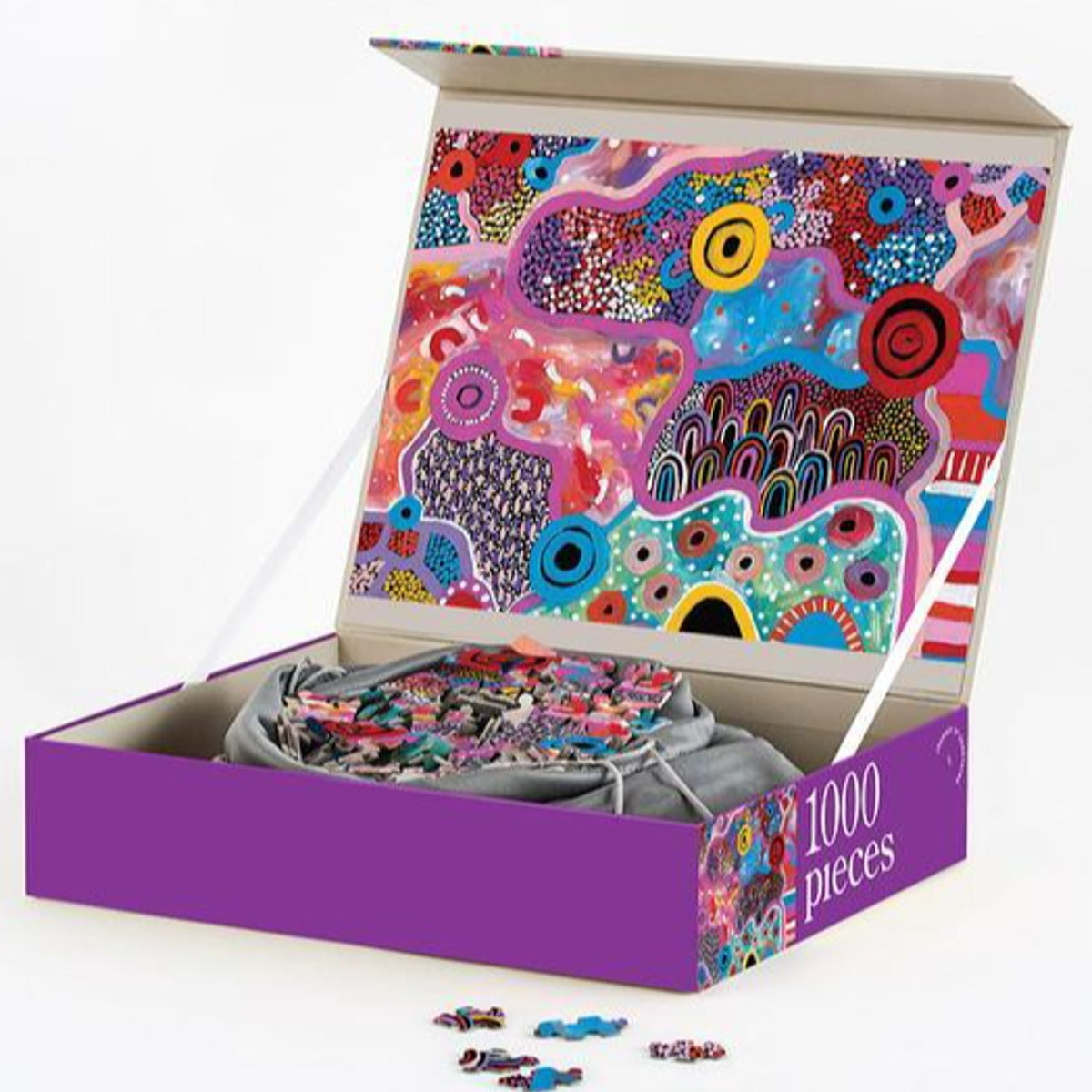
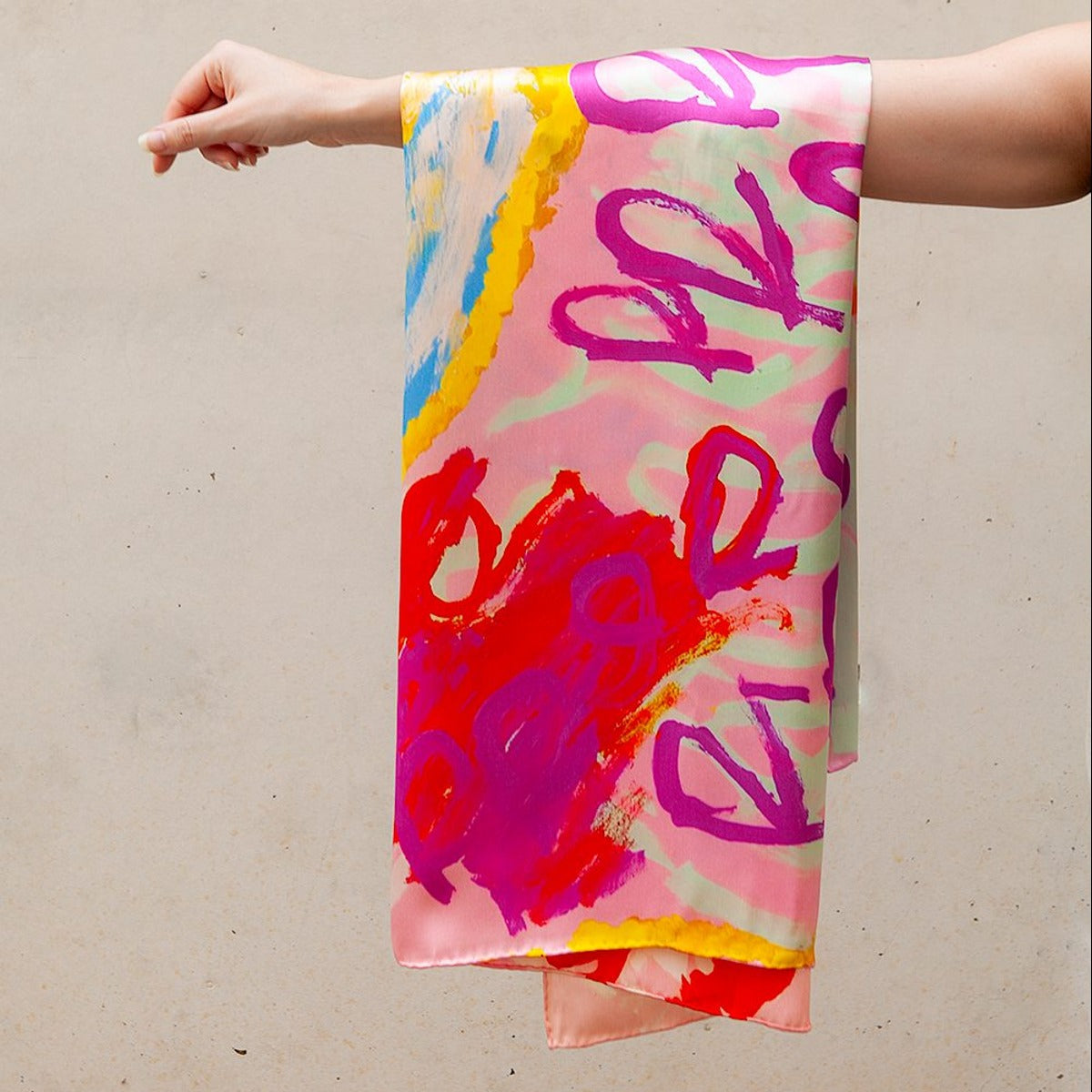



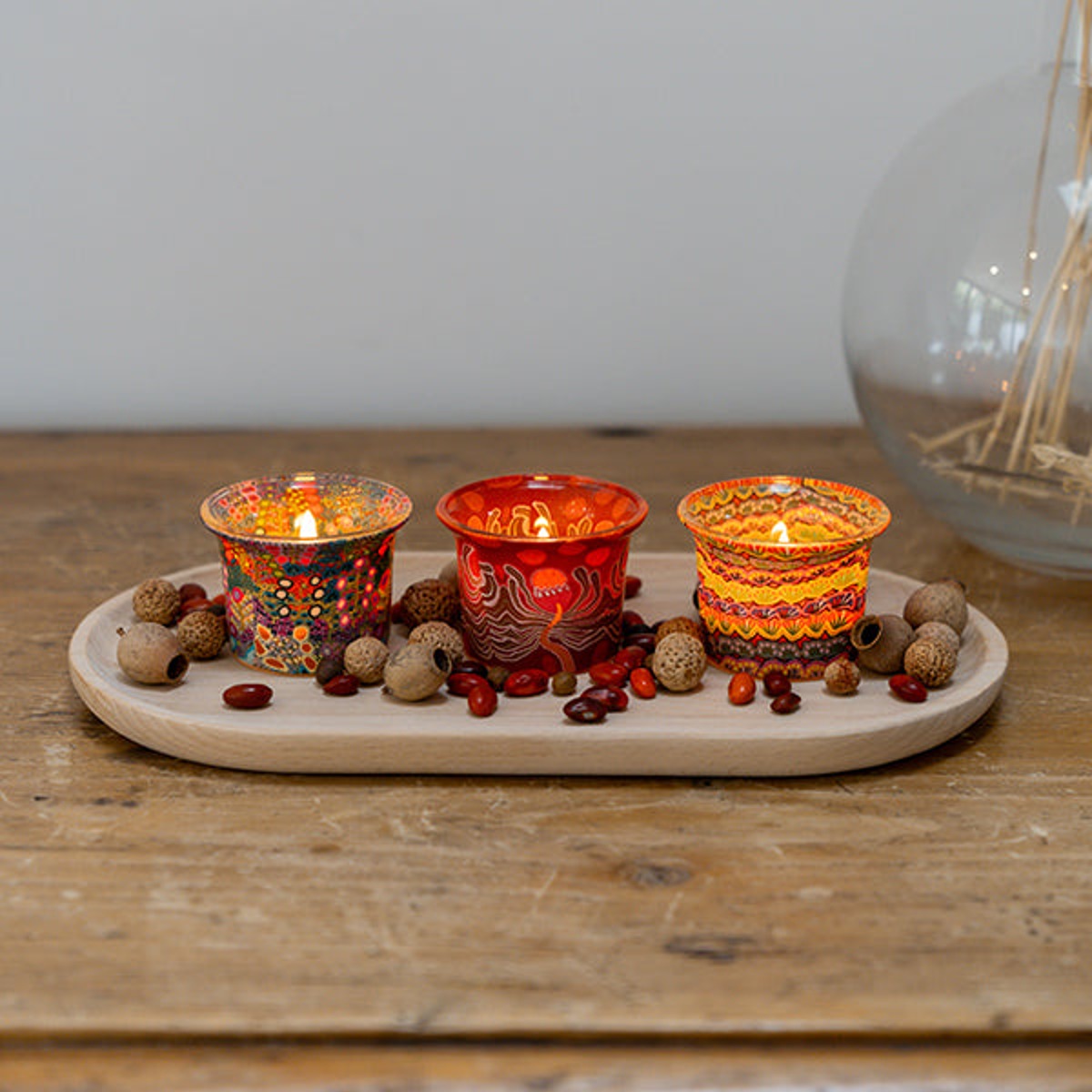
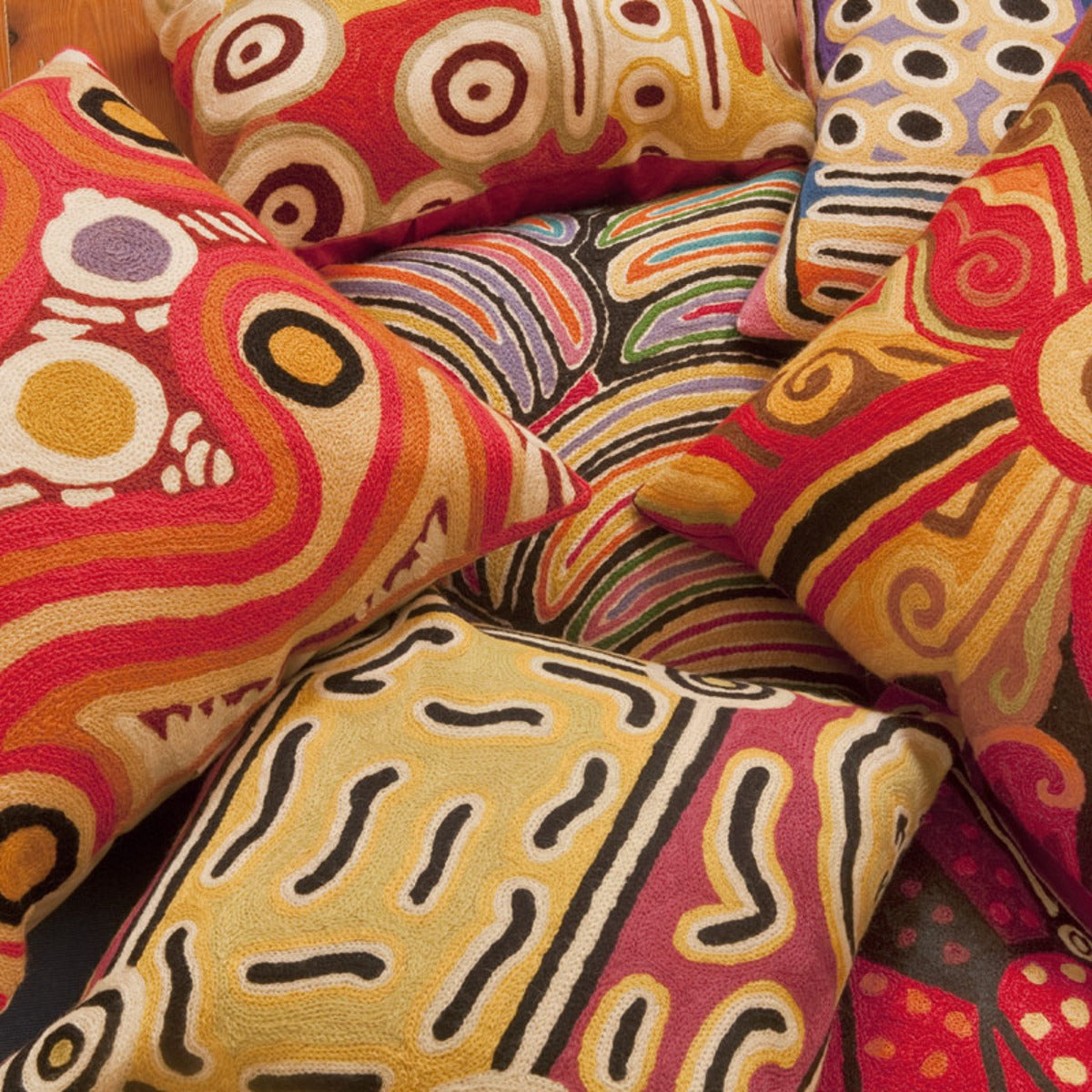
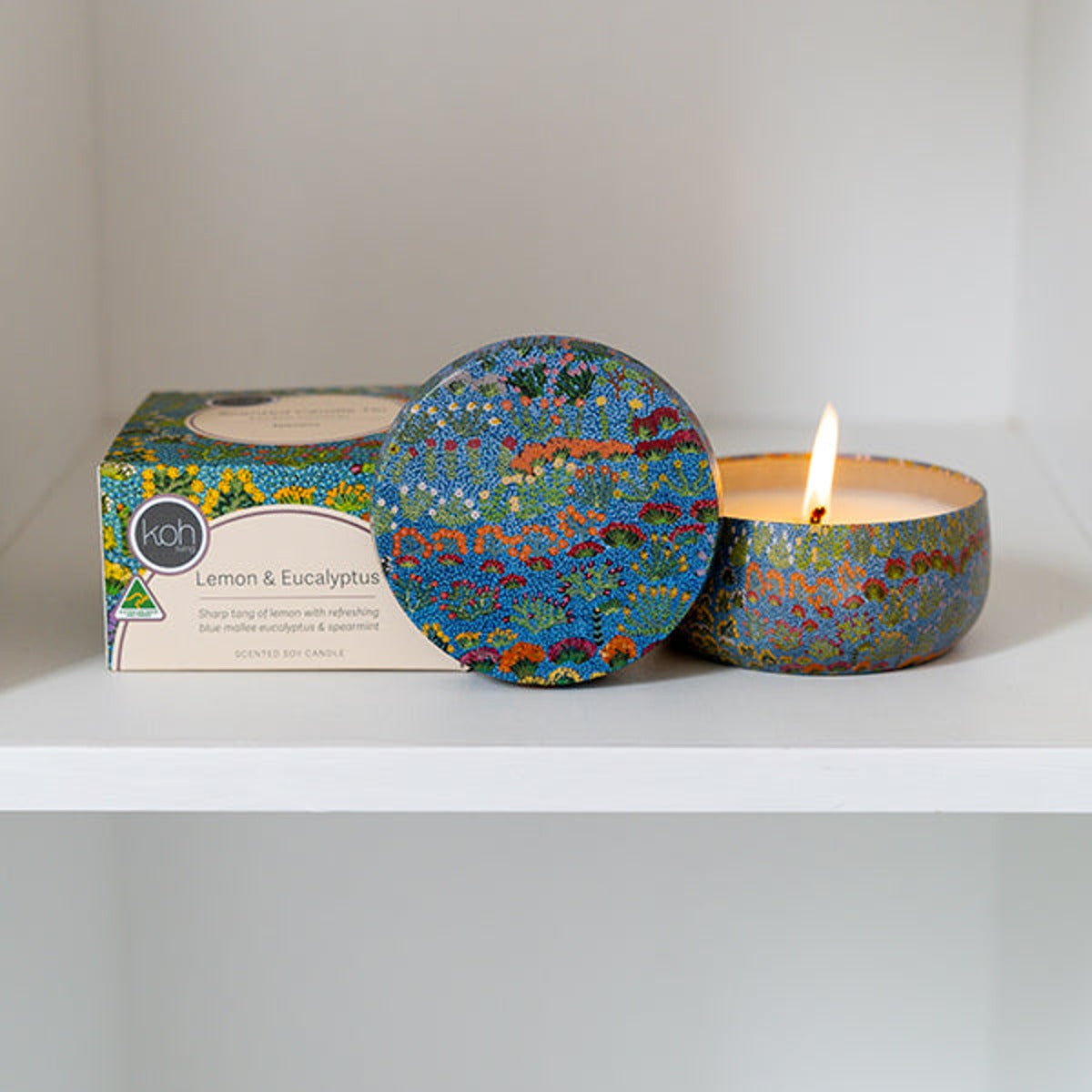
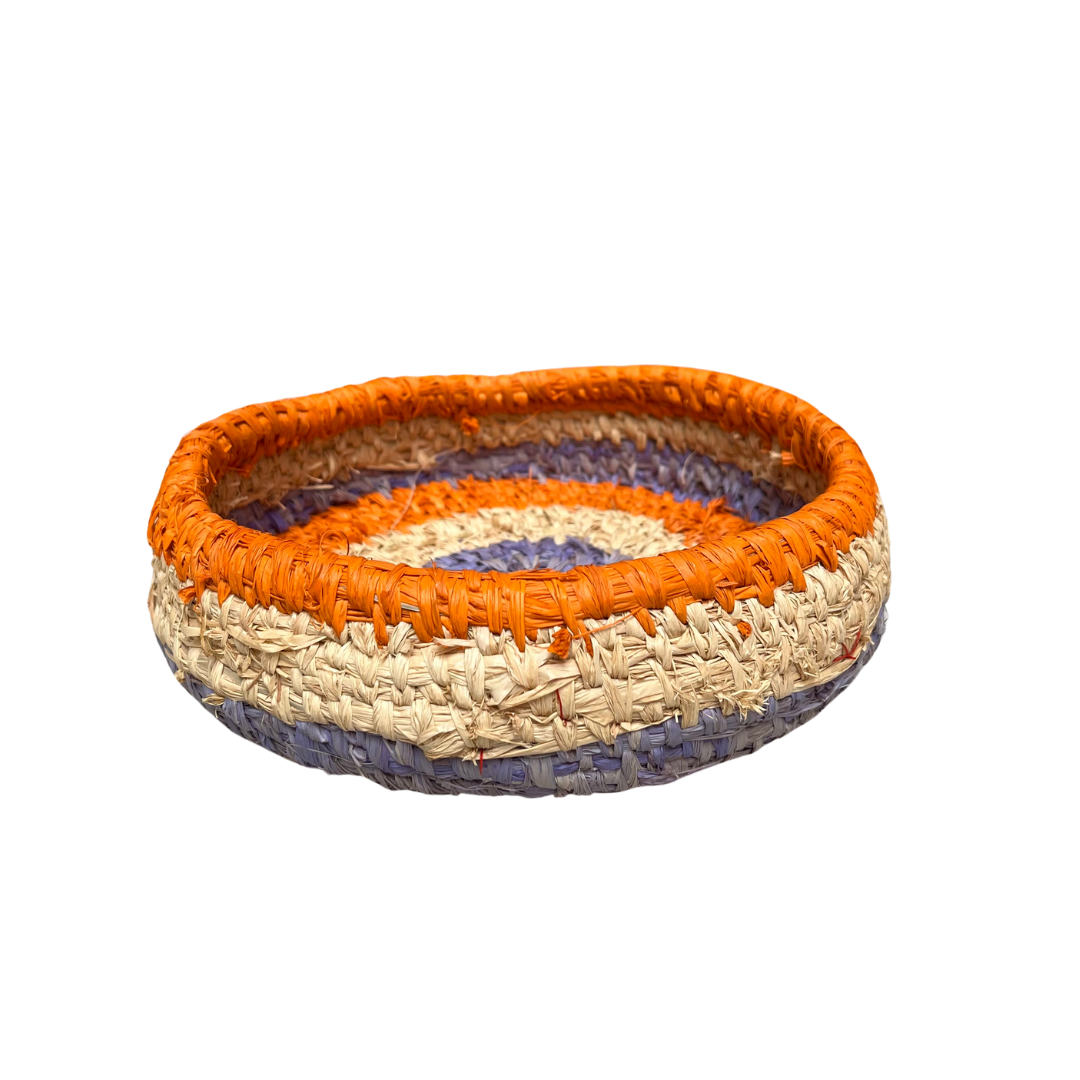
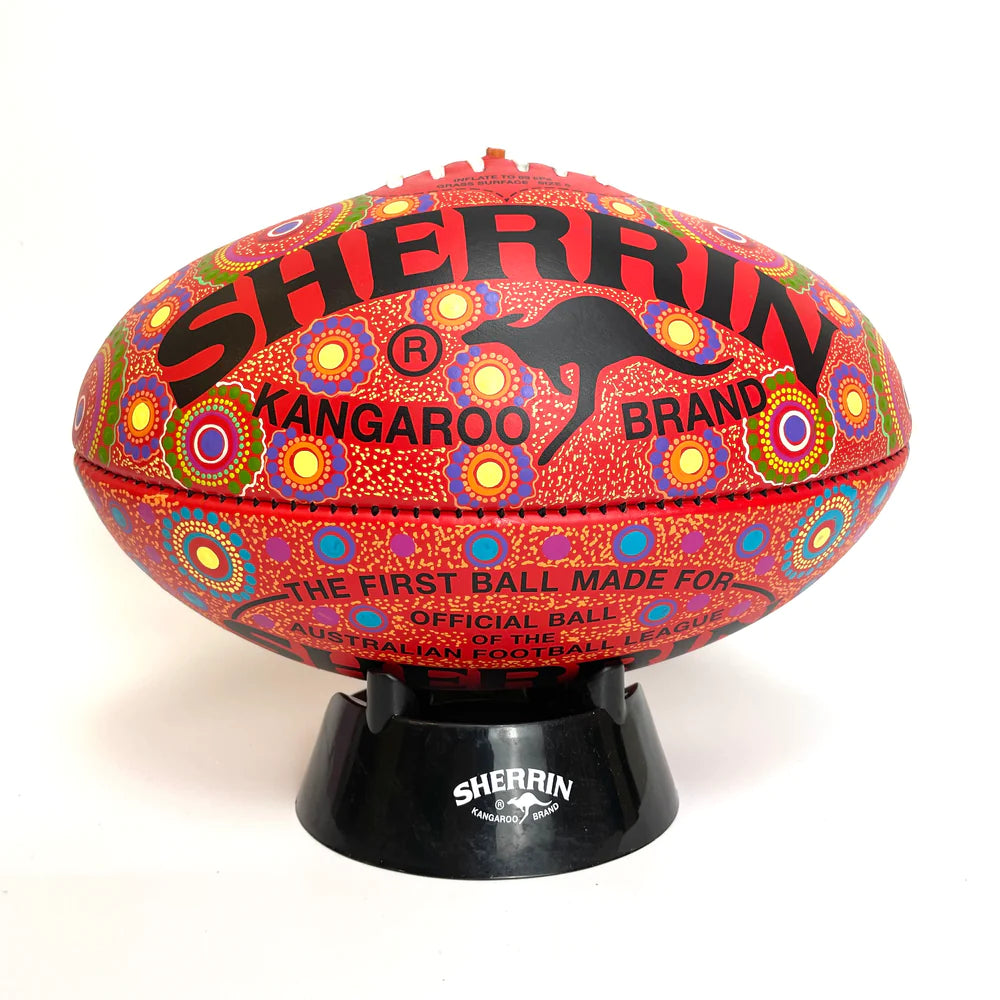
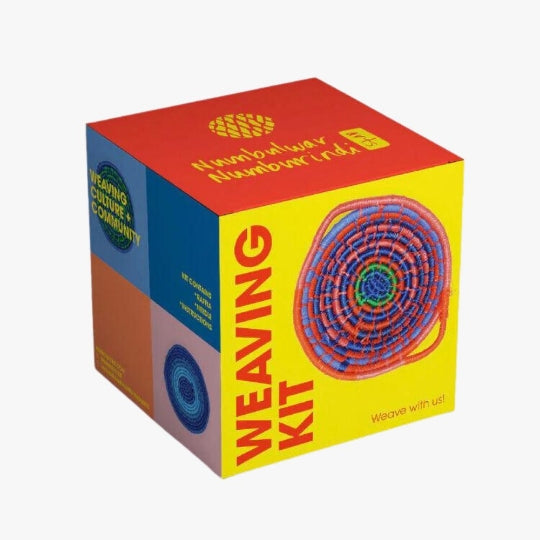

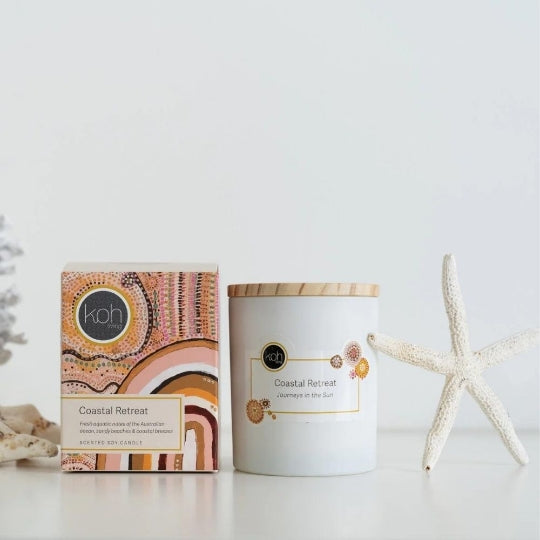
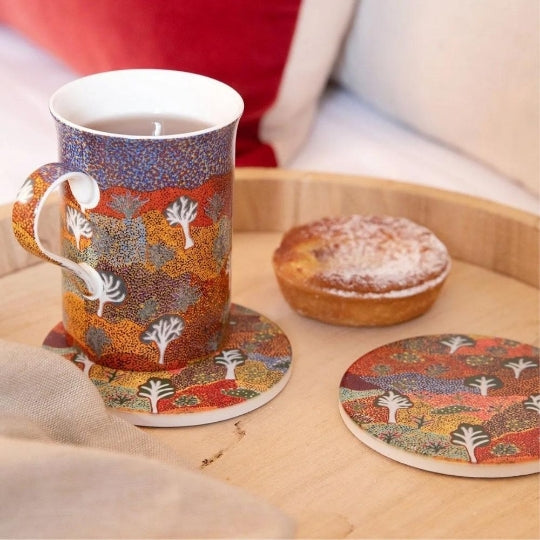
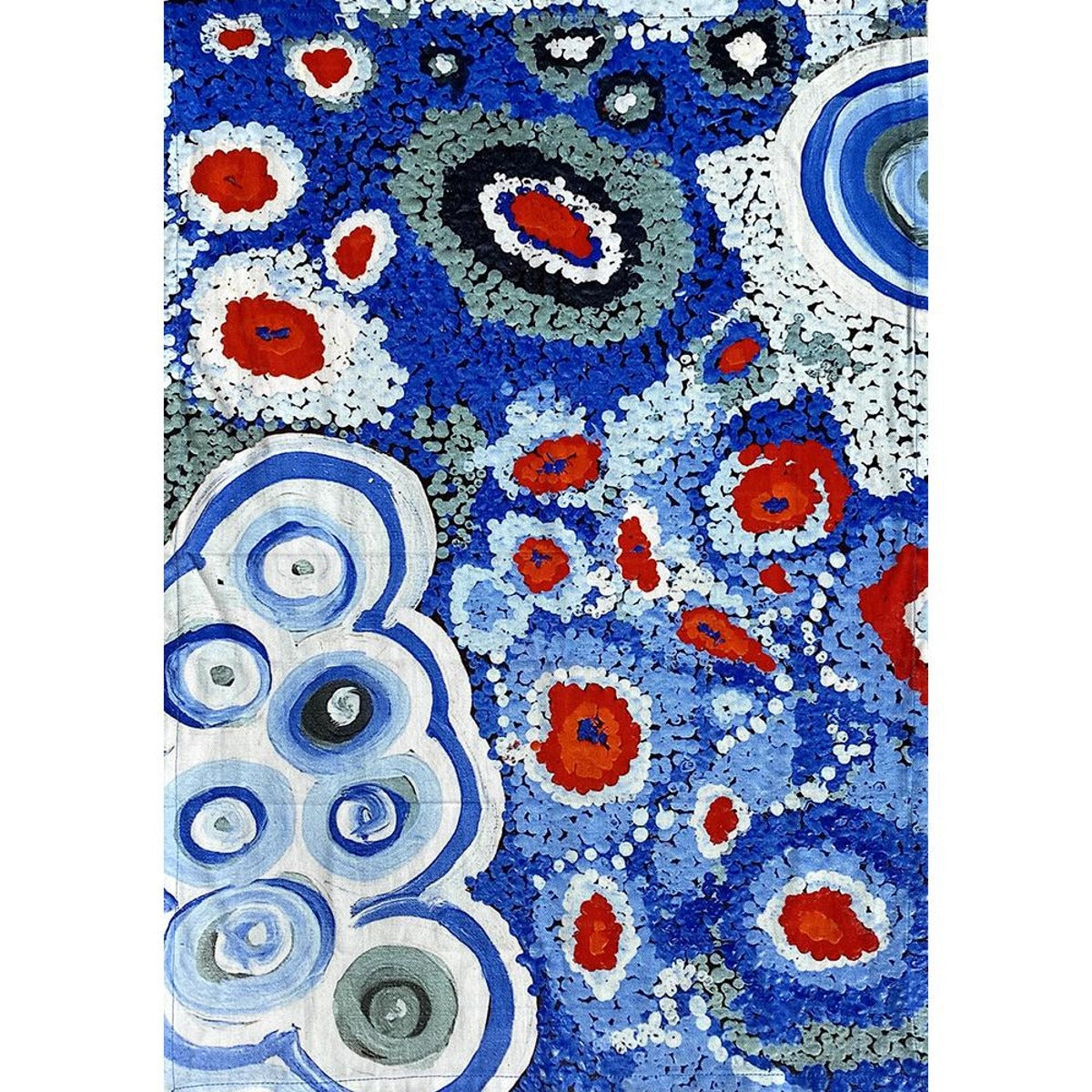
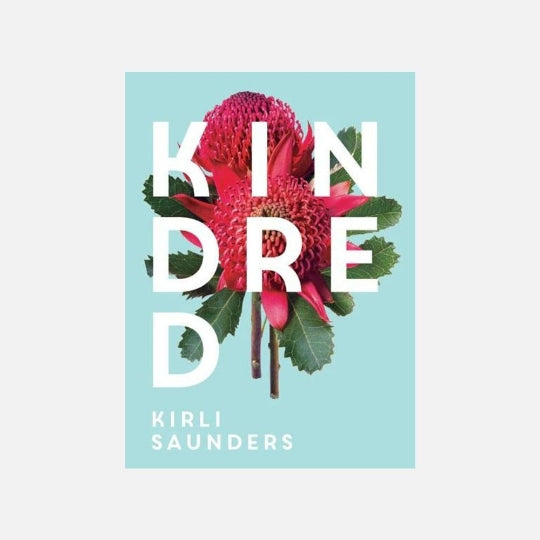
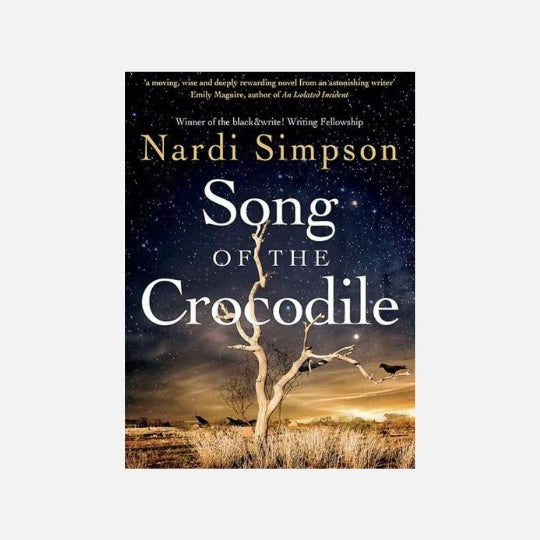
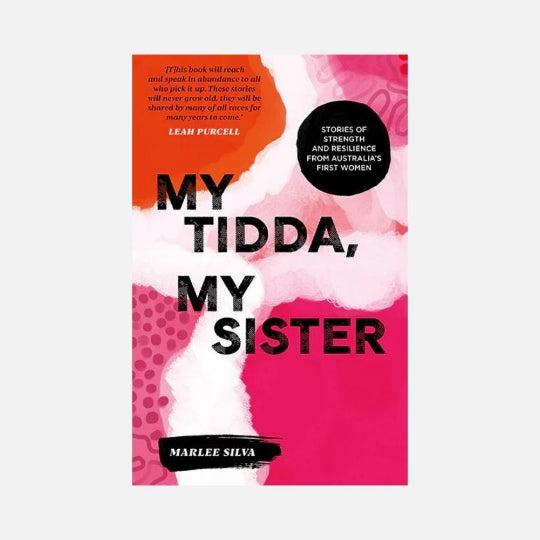
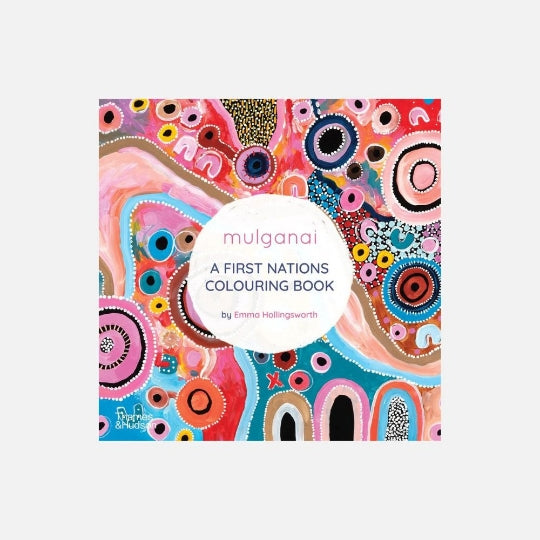
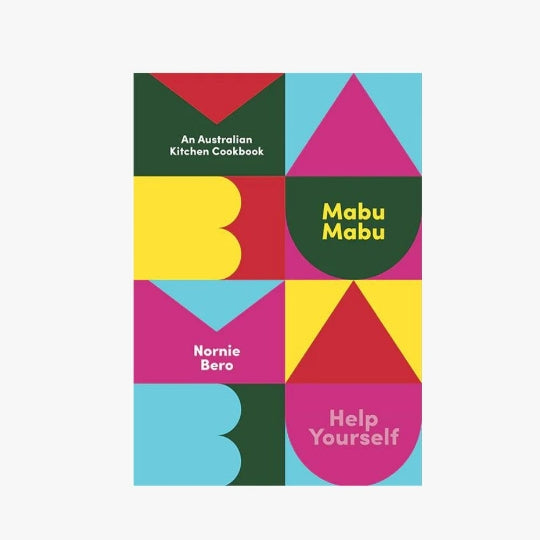
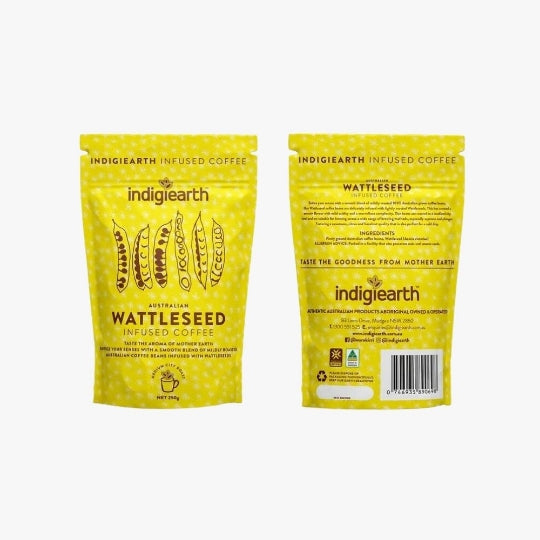
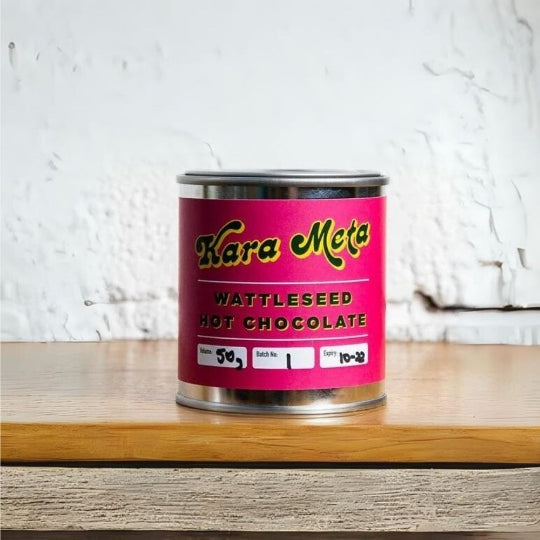
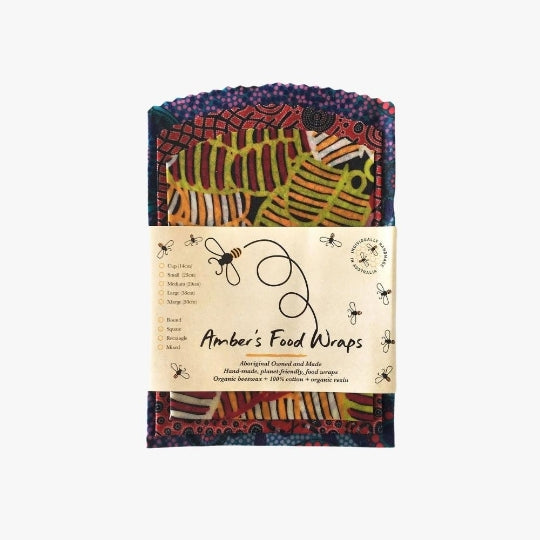
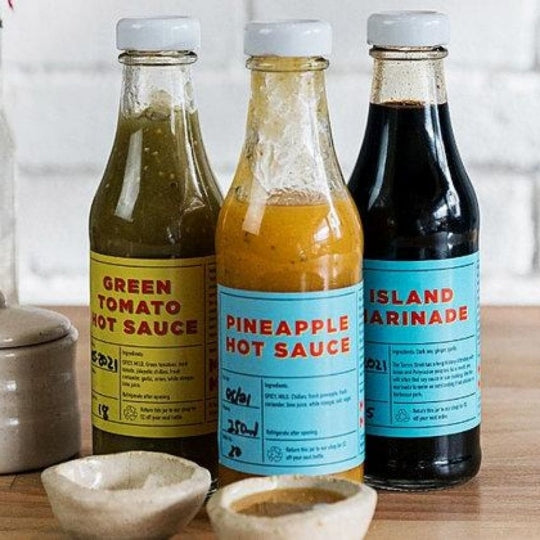
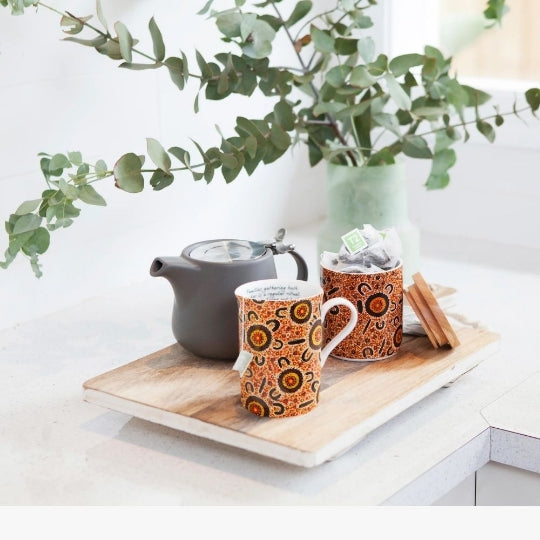
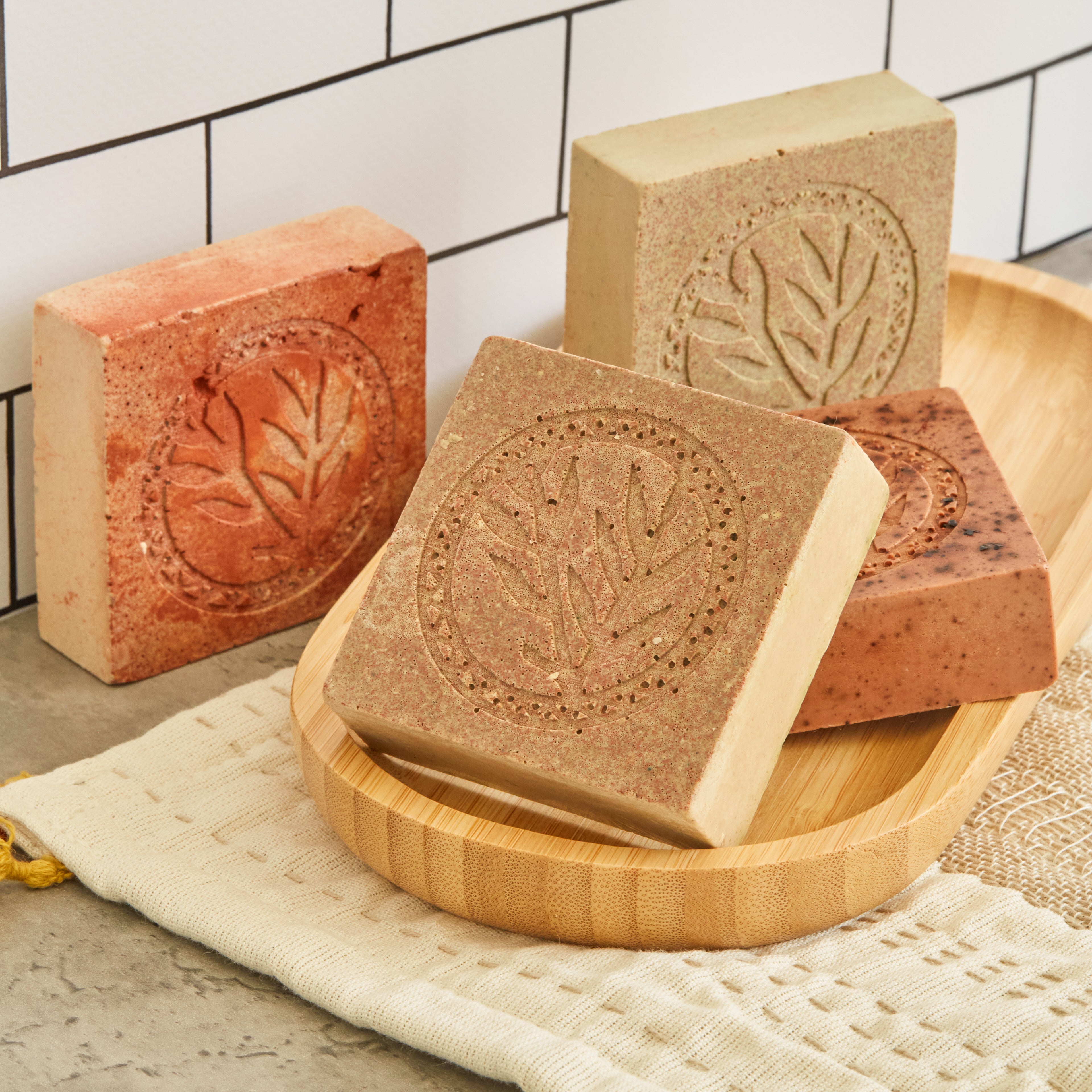
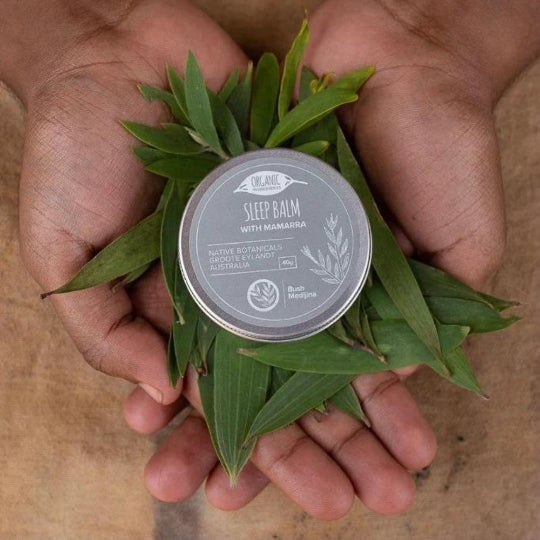
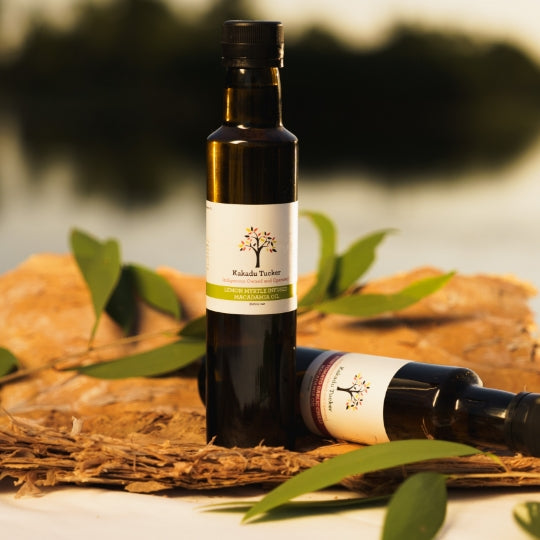

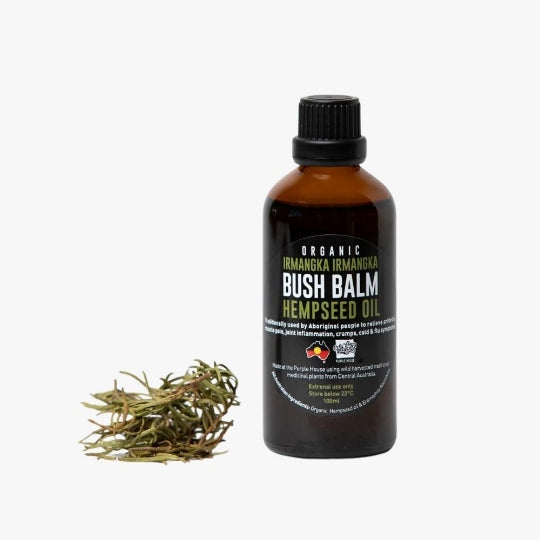
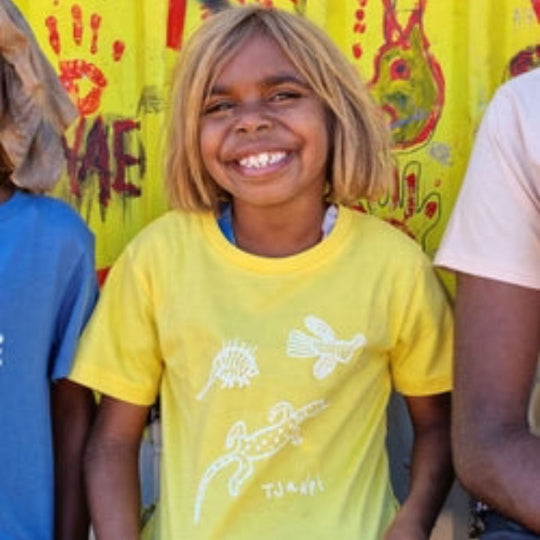
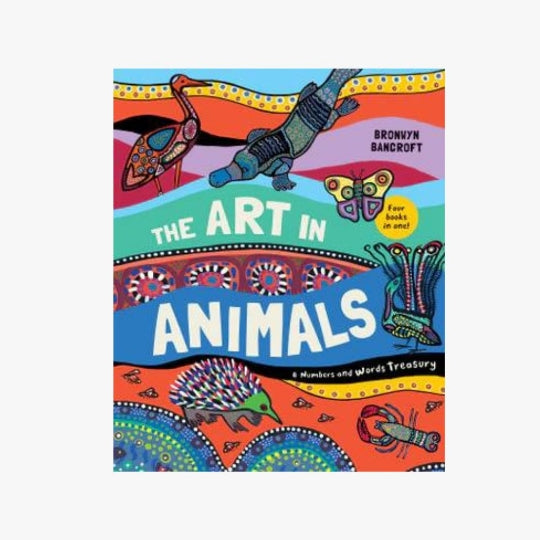
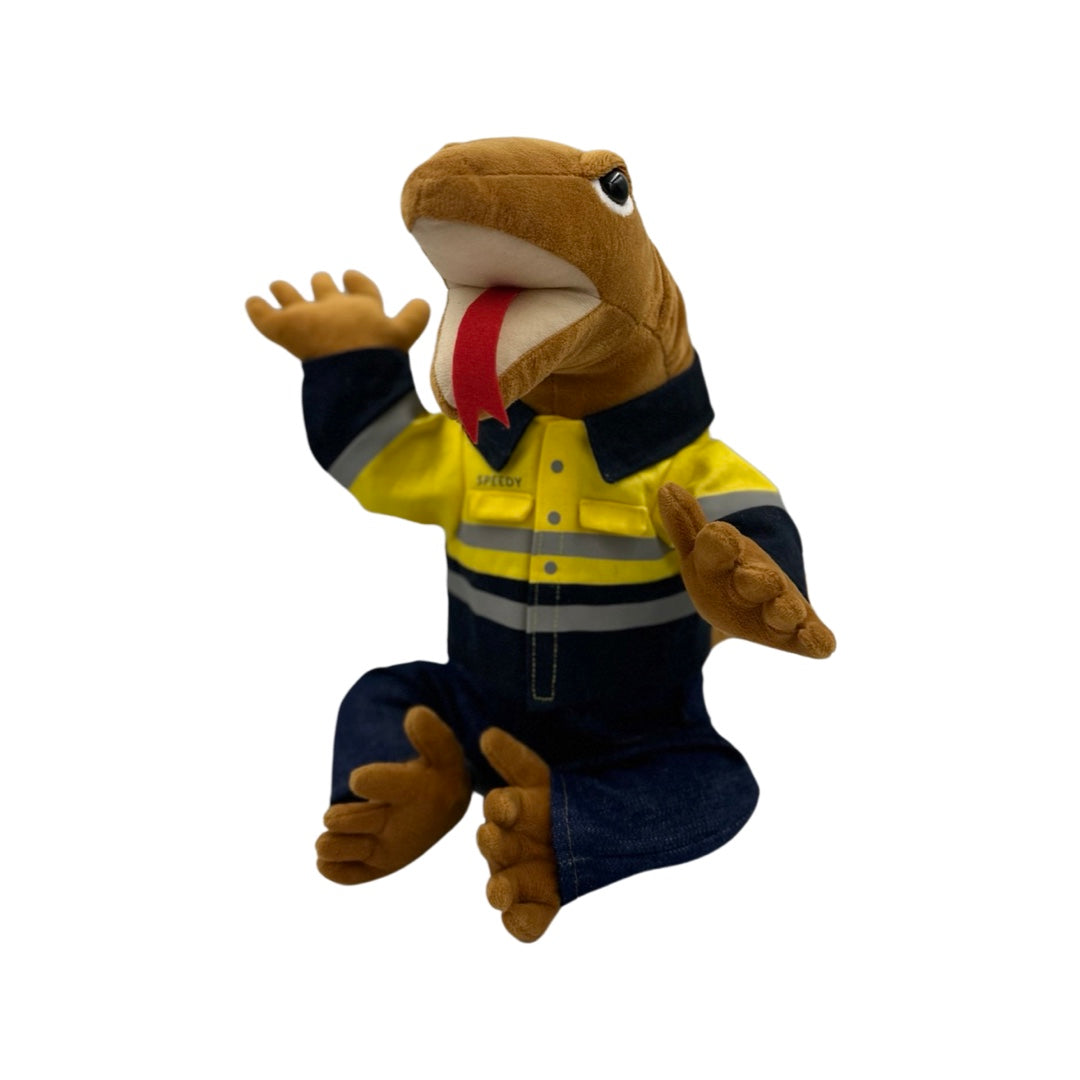
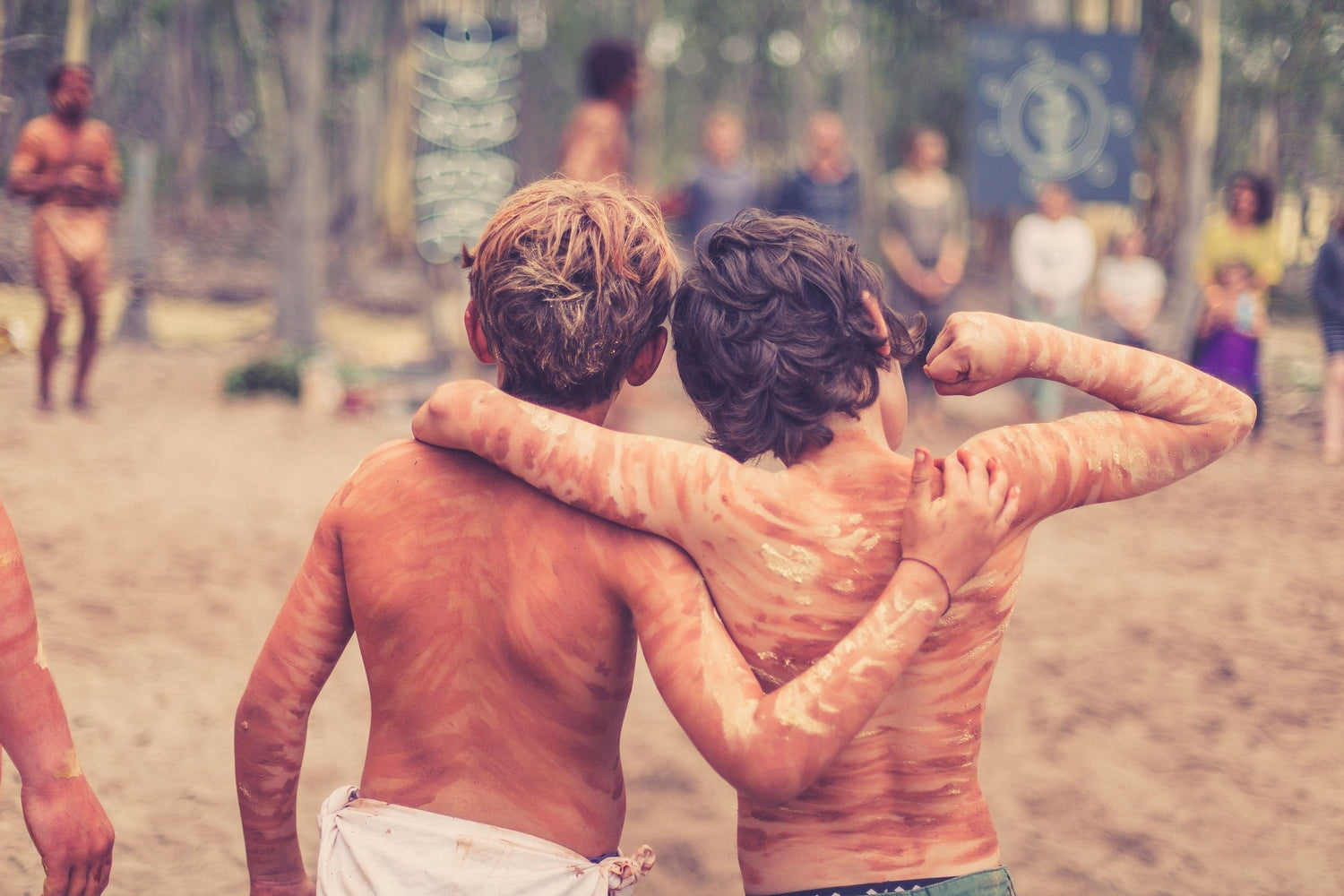
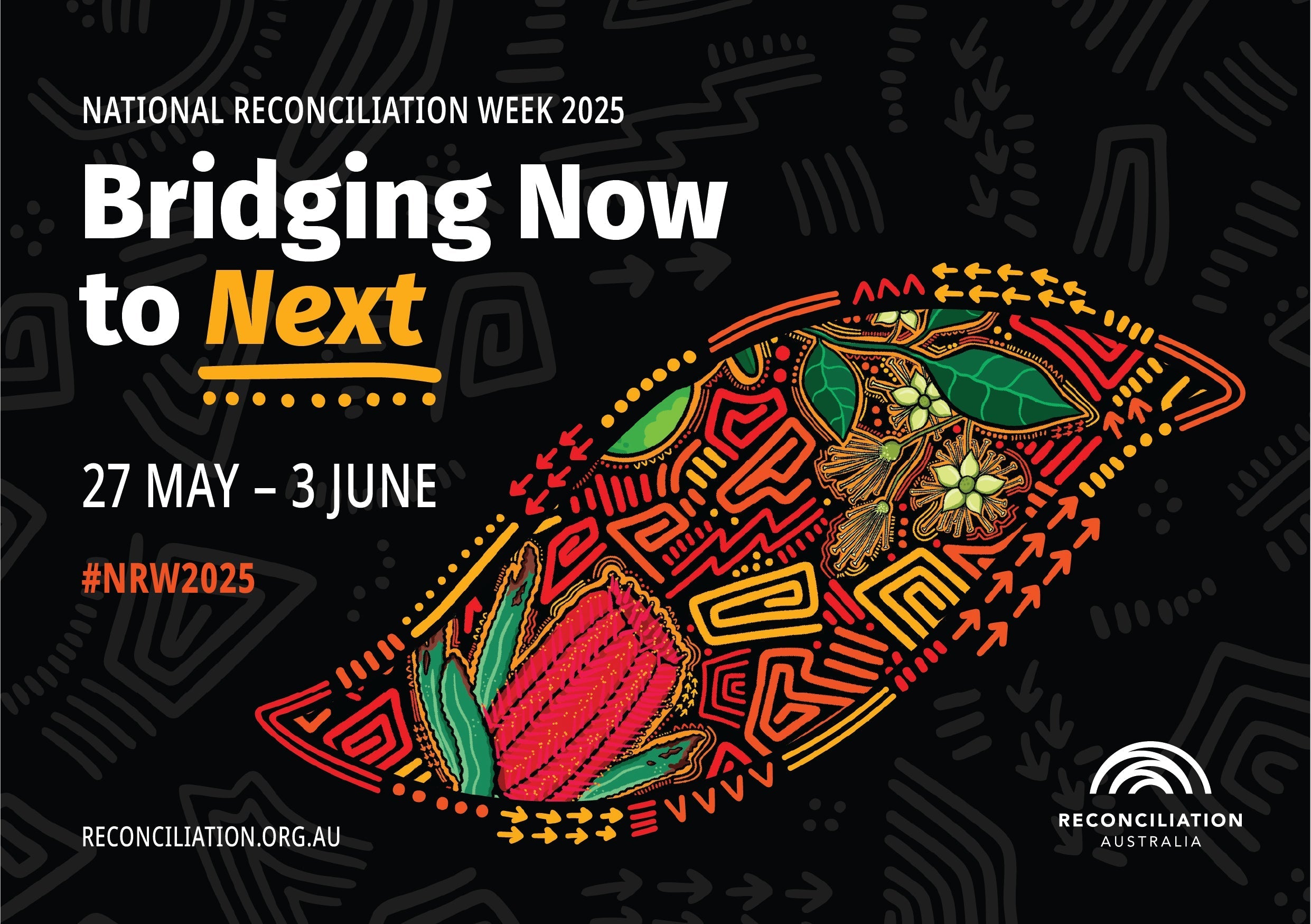
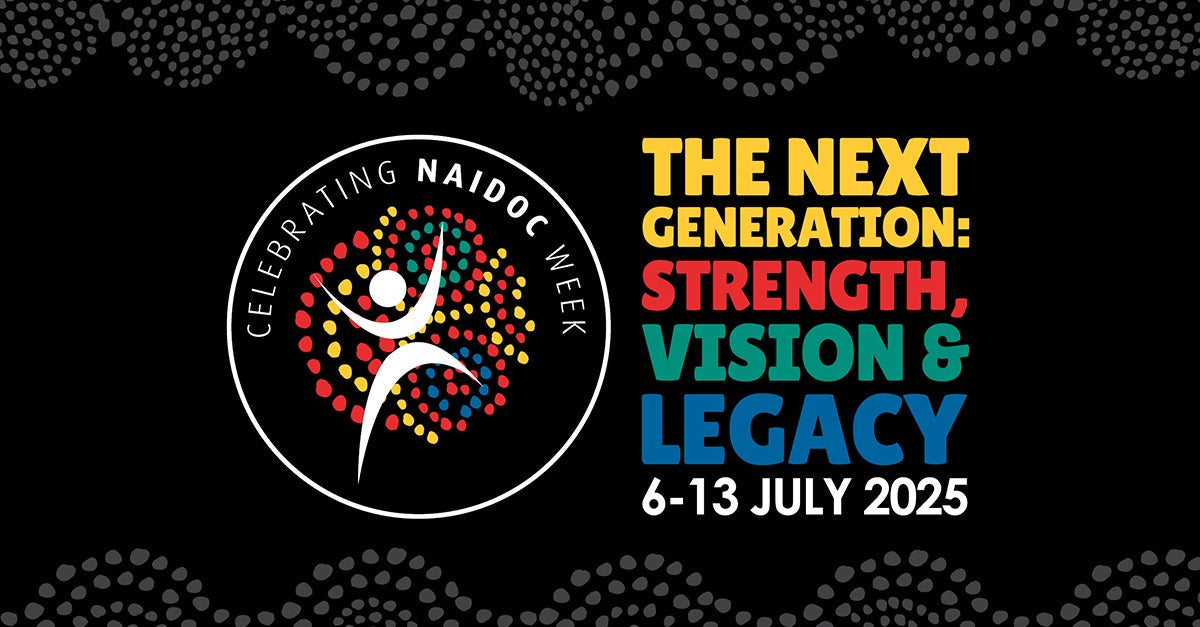

Leave a comment
This site is protected by hCaptcha and the hCaptcha Privacy Policy and Terms of Service apply.